Are you eager to unlock your creative potential? Whether you’re an aspiring writer, artist, or innovator, finding the right creative techniques can make all the difference. In this guide, we’ll explore the essential creative techniques every beginner should master first. From mastering the Bob Pike Group’s innovative frameworks to discovering the secrets of creative writing, this article covers it all. We’ll delve into visual art exploration, performing arts, and even digital creativity, ensuring you gain a well-rounded foundation. These techniques aren’t just for artists—they’re for anyone looking to innovate and grow. Start your journey today and embrace the power of creativity!
Key Takeaways
– Begin with brainstorming to explore ideas without criticism and unlock creativity.
– Use mind mapping to organize thoughts visually and generate new ideas efficiently.
– Master storytelling through art to convey emotions and narratives in your work.
– Learn color theory basics to understand how colors interact and create mood.
– Focus on shading and lighting to add depth and realism to your creations.
– Explore digital tools like Procreate or Adobe Photoshop to enhance your projects.
– Study composition guidelines to arrange elements effectively and capture attention.
– Practice drawing daily to improve observation and refine your technique.
– Experiment with different media to find your preferred style and express creatively.
– Seek feedback and iterate to refine your skills and grow as an artist.
These techniques provide a solid foundation for creative success, helping you build confidence and tackle challenges with ease.
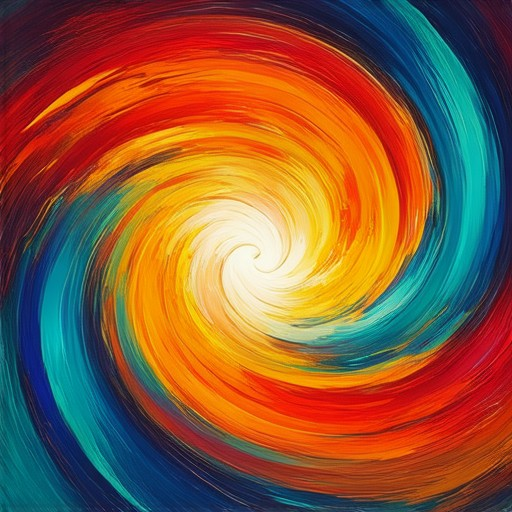
What Creative Techniques Should Beginners Start With?
- Brainstorming Sessions: Begin by dedicating regular time to brainstorming sessions. These can be informal mind dumps where you explore random ideas without judgment. This helps in generating a wealth of creative thoughts that can later be refined. Explore Brainstorming Techniques
- Exploratory Sketching: Sketching allows you to quickly capture ideas and experiment with different styles. Start with loose, abstract sketches to warm up your creativity before moving on to detailed work. Master Sketching Basics
- Collage Making: Create collages using found objects, photos, or scraps of paper. This technique encourages you to mix different media and think outside conventional artistic boundaries. Experiment with Collage Art
- Visual Research: Gather inspiration from various sources like art books, online galleries, and nature. Keep a visual journal to document your findings and see how different elements can combine to create unique pieces. Begin a Visual Journal
- Trial and Error: Don’t hesitate to experiment with different mediums and tools. Try watercolors, oil paints, or digital tools to see which ones feel most comfortable for you. Discover Digital Painting Techniques
- Joining Communities: Engage with fellow artists and enthusiasts by joining online forums, art classes, or local meetups. Sharing your work and getting feedback can provide valuable insights and motivation. Connect with Other Artists
- Documenting Progress: Keep a portfolio or blog to track your journey. Documenting your progress helps in seeing improvements over time and serves as a reference for future projects. Create an Artist Portfolio
Best Creative Techniques for Beginners
Starting your creative journey can be both exciting and overwhelming. Here are some effective techniques to help you begin:
- Mind Mapping : A fantastic way to explore ideas. Start with a central theme and branch out into related concepts. This method helps visualize connections and sparks creativity.
- Sketching : Capture initial ideas quickly. Sketching allows you to experiment freely without the pressure of perfect execution. Try sketching daily to develop your style.
- Journaling : Write down your thoughts and inspirations. This practice helps clarify your ideas and can lead to unexpected creative breakthroughs.
- Experiment with Materials : Don’t be afraid to try different mediums. Whether it’s watercolors, oil pastels, or digital tools, find what feels natural to you.
- Explore Different Art Forms : Jump into painting, drawing, photography, or even mixed media. Experimenting with various styles broadens your creative horizons.
- Set Personal Goals : Define what you want to achieve. Whether it’s mastering a technique or completing a project, having clear objectives keeps you focused.
- Seek Feedback : Share your work with trusted friends or join online communities. Constructive criticism can provide valuable insights and help you grow.
- Practice Mindfulness : Before you start creating, take a few moments to clear your mind. This helps reduce stress and allows your creativity to flow naturally.
- Collaborate : Work with others to inspire each other. Collaborative projects can offer fresh perspectives and challenge your usual ways of thinking.
- Document Your Progress : Keep a portfolio or blog to track your journey. This not only helps you see your growth but also inspires others.
- Learn from Masters : Study the works of artists you admire. Analyze their techniques, color palettes, and compositions to find inspiration for your own pieces.
Remember, creativity is a journey. Embrace the process, experiment often, and enjoy the ride!
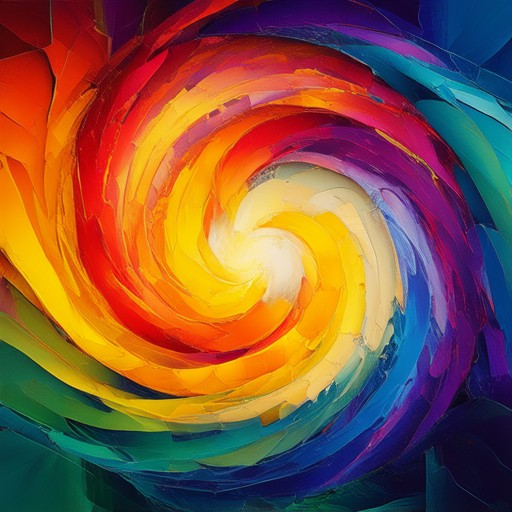
What Creative Techniques Should Beginners Start With?
- Brainstorming Sessions: Begin by dedicating regular time to brainstorming sessions. These can be informal mind dumps where you explore random ideas without judgment. This helps in generating a wealth of creative thoughts that can later be refined. Explore Brainstorming Techniques
- Exploratory Sketching: Sketching allows you to quickly capture ideas and experiment with different styles. Start with loose, abstract sketches to warm up your creativity before moving on to detailed work. Master Sketching Basics
- Collage Making: Create collages using found objects, photos, or scraps of paper. This technique encourages you to mix different media and think outside conventional artistic boundaries. Experiment with Collage Art
- Visual Research: Gather inspiration from various sources like art books, online galleries, and nature. Keep a visual journal to document your findings and see how different elements can combine to create unique pieces. Begin a Visual Journal
- Trial and Error: Don’t hesitate to experiment with different mediums and tools. Try watercolors, oil paints, or digital tools to see which ones feel most comfortable for you. Discover Digital Painting Techniques
- Joining Communities: Engage with fellow artists and enthusiasts by joining online forums, art classes, or local meetups. Sharing your work and getting feedback can provide valuable insights and motivation. Connect with Other Artists
- Documenting Progress: Keep a portfolio or blog to track your journey. Documenting your progress helps in seeing improvements over time and serves as a reference for future projects. Create an Artist Portfolio
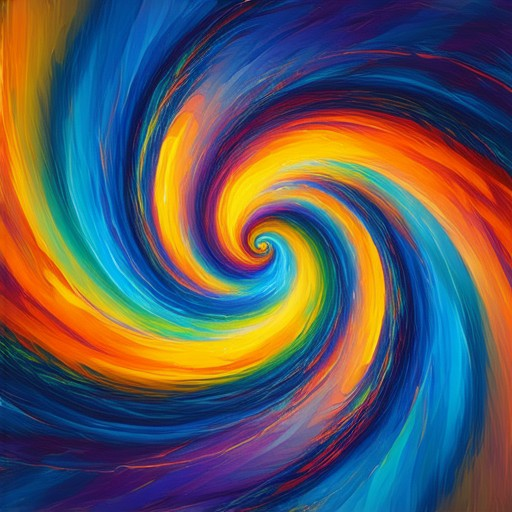
What Creative Techniques Should Beginners Prioritize Learning?
Learning creative techniques as a beginner can be overwhelming, but focusing on foundational skills can help you build a strong foundation for future projects. Here are some essential techniques to get started:
- Brainstorming : Start by exploring ideas without criticism. Write down whatever comes to mind to unlock creativity.
- Mind Mapping : Organize thoughts visually to see connections and generate new ideas efficiently.
- Storytelling Through Art : Learn to convey emotions and narratives using color, composition, and symbolism.
- Color Theory Basics : Understand how colors interact to create mood and harmony in your work.
- Shading and Lighting : Master these techniques to bring depth and realism to your creations.
- Digital Tools for Creativity : Explore software like Procreate or Adobe Photoshop to enhance your projects digitally.
- Composition Guidelines : Learn to arrange elements effectively to capture attention and tell a story.
- Practice Drawing : Focus on sketching daily to improve observation and technique.
- Exploring Different Media : Experiment with various materials like watercolors, oils, or airbrushes to find your preferred medium.
- Feedback and Iteration : Share your work with peers or mentors to gain constructive feedback and refine your skills.
By mastering these techniques, you’ll develop a versatile skill set that allows you to tackle various creative challenges confidently. Remember, consistency and patience are key to growth in any artistic endeavor.
Ideal Creative Techniques for Beginners
Starting with creative techniques can be overwhelming, but the right approach helps you build confidence and skills. Here are some effective methods:
- Exploration Through Sketching : Begin with quick, loose sketches to capture ideas without pressure. Sketching allows you to experiment freely and discover unique perspectives.
- Color Theory Basics : Learn the fundamentals of color theory to create harmonious palettes. Start with complementary colors and gradients to enhance your designs.
- Simple Shape Composition : Focus on basic shapes like circles, squares, and triangles. These elements can be combined to form complex forms and structures.
- Storytelling Through Art : Approach your projects as narratives. Ask yourself what story you want to tell and how you can visually communicate it effectively.
- Collaborative Creation : Work with others to brainstorm ideas. Collaborative environments often lead to diverse perspectives and innovative solutions.
For further guidance, consider exploring Artful Journey’s online courses which offer structured learning paths tailored for artists at all levels. Whether you’re interested in painting, digital art, or mixed media, these resources provide valuable insights and techniques to kickstart your creative journey.
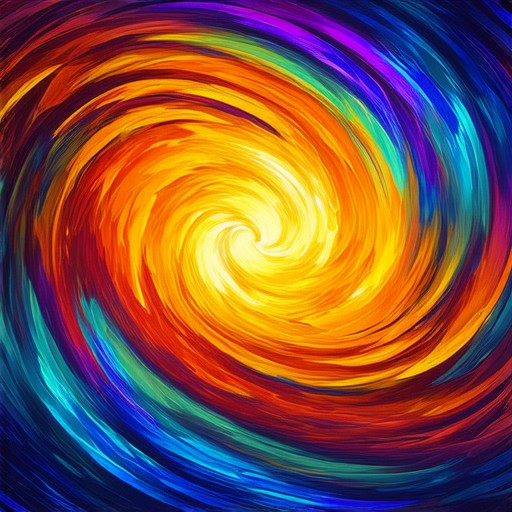
Ideal Creative Techniques for Beginners
Starting your creative journey can be both exciting and overwhelming. Here are some tried-and-true techniques to help you begin:
- Drawing and Sketching : Begin with simple shapes and forms. Practice observing details in everyday objects to build foundational skills.
- Painting Basics : Start with watercolors or acrylics. Use palette knives or brushes to experiment with textures and colors. Try still life subjects for consistent practice.
- Mixed Media Exploration : Combine different mediums like paint, collage, and ink. This allows for unique expressions and creative freedom.
- Storytelling Through Art : Capture moments or emotions by creating narratives. Use symbols and imagery to convey feelings rather than just replicating what you see.
- Experimentation : Don’t fear mistakes. Play around with colors, styles, and surfaces. Explore different tools like canvas, paper, or digital platforms.
Remember, creativity is personal. Find what resonates with you and stay curious. Visit our website for more tips and resources to inspire your artistic journey.
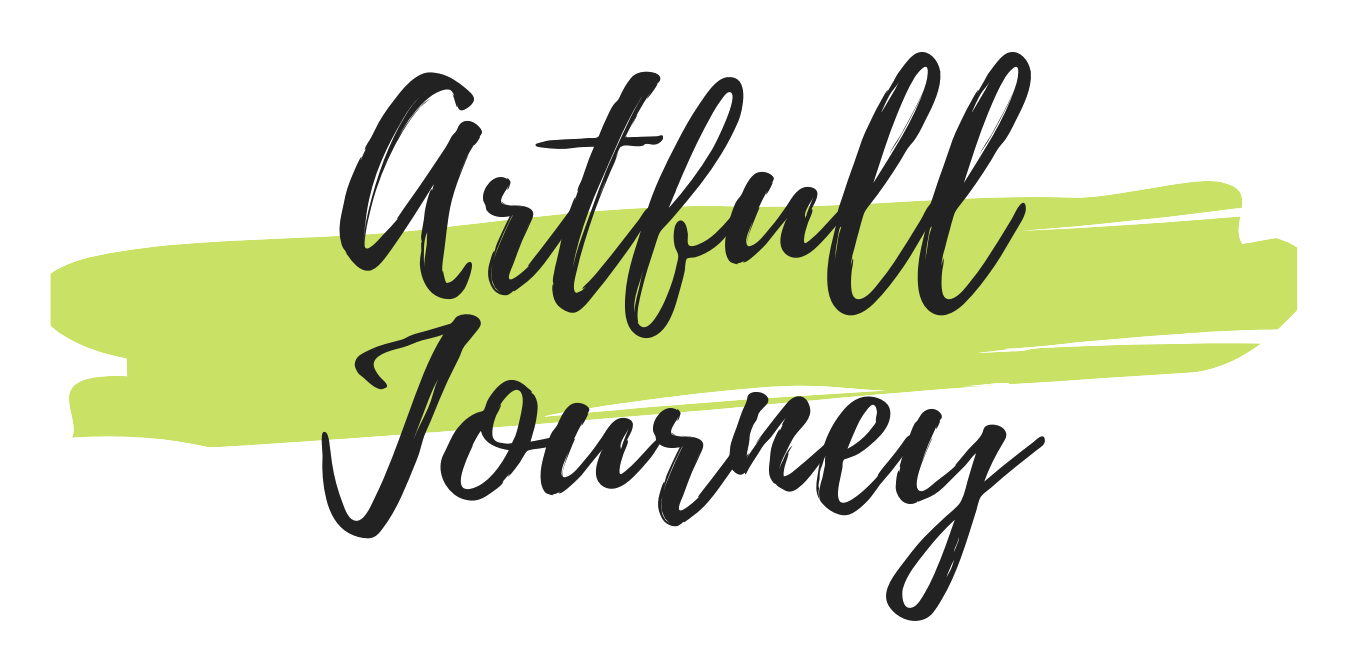



0 Comments